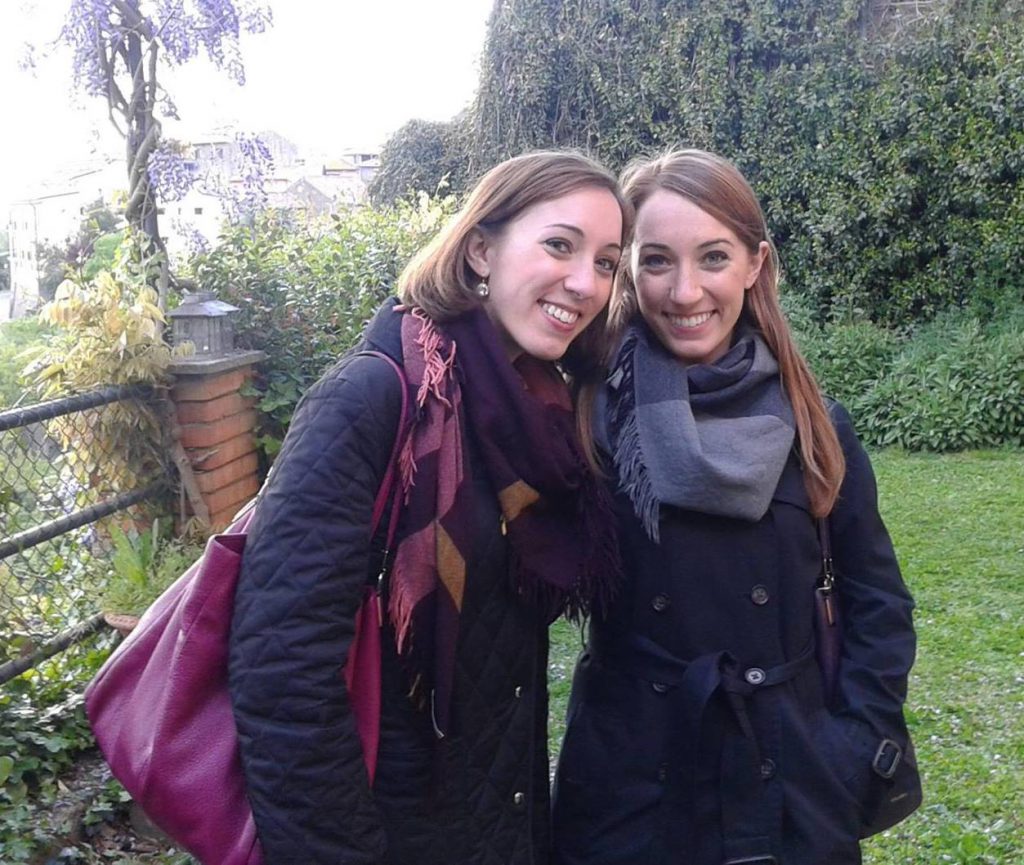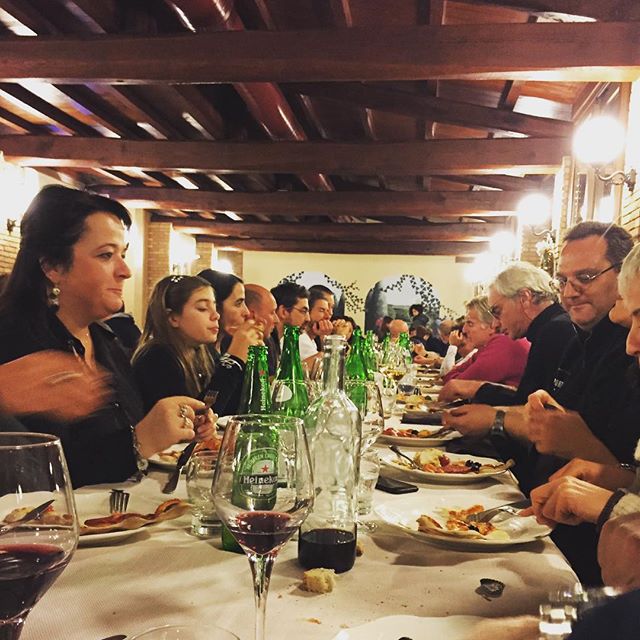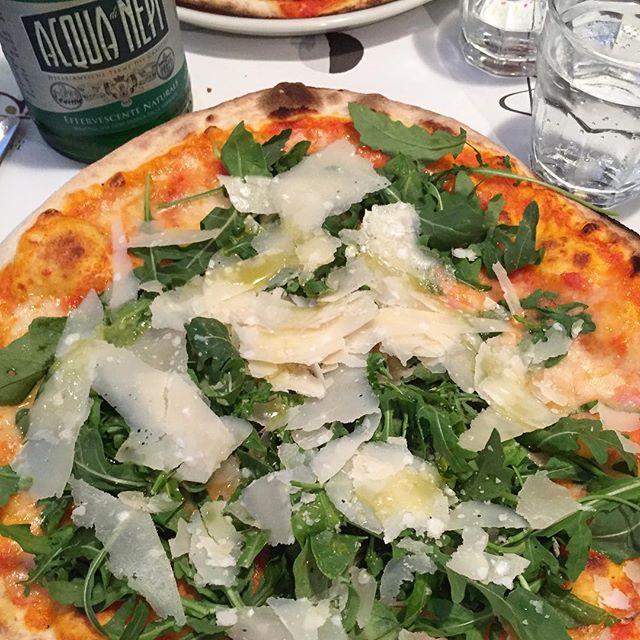
Guest post by Francesca & Alexandra Bruzzese
Recently we had a group of students from College of the Holy Cross in Massachusetts stay in a couple of apartments that we manage and who were referred to us by local alumni and Beehive friends, Francesca & Alexandra Bruzzese. We had a brief orientation in our garden with the students the day after their arrival and Francesca and Alexandra had put together a fantastic little “cheat-sheet” of local tips and recommendations to help these students during their time in Rome. Below are some of their tips:
RESTAURANTS & FOOD:

Water is not free in Italy, unless you request acqua del rubinetto (tap water) which many restaurants are loathe to provide – so be prepared to be charged for this. You do however have a choice between acqua liscia/acqua naturale (still water) or acqua frizzante (sparkling water). You are also sometimes charged for bread.
Tipping is not expected in Italy to the degree it is in other countries. You do not have to leave a 20% tip at restaurants nor do you have to tip the taxi driver. If you were pleased with your service, feel free to leave something extra, but a few euros is generally enough (waiters make a living wage here without tips).
Though you are not obligated to leave a tip, some Italian restaurants include a coperto, which is a service charge included automatically in your bill.

Waiters at restaurants don’t introduce themselves by first name, or check in on you like they do at restaurants in other countries. Don’t be offended by this. In Italy, it’s considered polite to leave the diners alone as they eat and talk. When you are ready for the bill, call the waiter over.

When ordering gelato, Italians typically order more than one and up to even three gusti (flavors) for their cup or cone. Torn between strawberry and chocolate? Get them both!

Italy’s coffee culture is quite different from the Starbuck-fueled one or the pretentious elite coffee shops in other countries. Coffee comes in one standard size, is devoid of different flavors and syrups, and while can be taken away if you want, is not really provided in typical “to-go” cups. Cappuccino is typically a morning beverage (never pre-lunch/dinner nor post-meal as a dessert).
A typical Italian breakfast consists of a coffee or a cappuccino accompanied by a cornetto, a pastry similar to a croissant but sweeter and less buttery. You will not find bagels, bacon, or eggs for breakfast here – Italians do not do savory breakfast.

In Italy, it is socially acceptable (in fact encouraged) to eat the entire pizza tonda, or round wood oven baked pizza by yourself as they are considered a single serving. You are not expected to share.
Olive oil and balsamic vinegar are used for your salad. There are no other types of dressing here for a salad. Also, olive oil and balsamic vinegar are not considered dipping sauces for bread as is done in the U.S. If you want bread with olive oil, ask for a bruschetta which is toasted bread, rubbed with garlic and drizzled with oil in its simplest form and also with chopped up tomatoes and basil.
PUBLIC SERVICES:

You’ll find that restaurants and bars are not the greatest at restocking toilet paper in restrooms. Carry around a packet of tissues which you can purchase a single packet at the same bars that sell bus/metro tickets.

Look for the small fountains dotted around Rome (called nasoni) to fill up your water bottles. The water is fresh, drinkable, and most importantly free. Tap water in Rome is perfectly drinkable so fill your water bottle from the tap as well.

Buses in Rome are notoriously unreliable, so do your best to not get frustrated. Download the Muoversi a Roma smartphone app to figure out how long your wait will be in real time.
The website for Rome’s public transit will help you figure out which bus or metro you need to take to get to wherever you need to be.
Rome has two main subway (metro) lines, the A Line and the B Line. Both lines intersect at Termini, so that will be the station to switch lines at. The subway is generally reliable and a subway train passes every 2-5 minutes. The red and blue ‘M’ signs will lead you to the metro at Termini.
SAFETY:
Around the touristy areas (St. Peter’s, the Colosseum, Piazza Navona, etc) you’ll find lots of people trying to hawk knickknacks, sell you roses, or ask for money. Do not feel obligated to buy anything (unless you really need a selfie-stick).

Be mindful of pickpockets and scooter riding bag snatchers. When walking down the sidewalk, make sure your bag is facing the inside away from the street and crossed over your chest. Keep your camera, smartphone or tablet close to you and be mindful of who is around you when you using them. Make sure your wallet and personal belongings are accounted for, especially when taking public transport. Rome is not a dangerous city, but exercise caution as you would in any large urban center.
Francesca and Alexandra are identical twins from the U.S who have been living in Rome since 2011. Alexandra works for Eating Italy Food Tours and Where Magazine, while Francesca works at FAO. In her free time Francesca also writes a food blog, www.pancakesandbiscotti.com, with both Italian and American recipes. Alexandra meanwhile serves as the taste tester.





